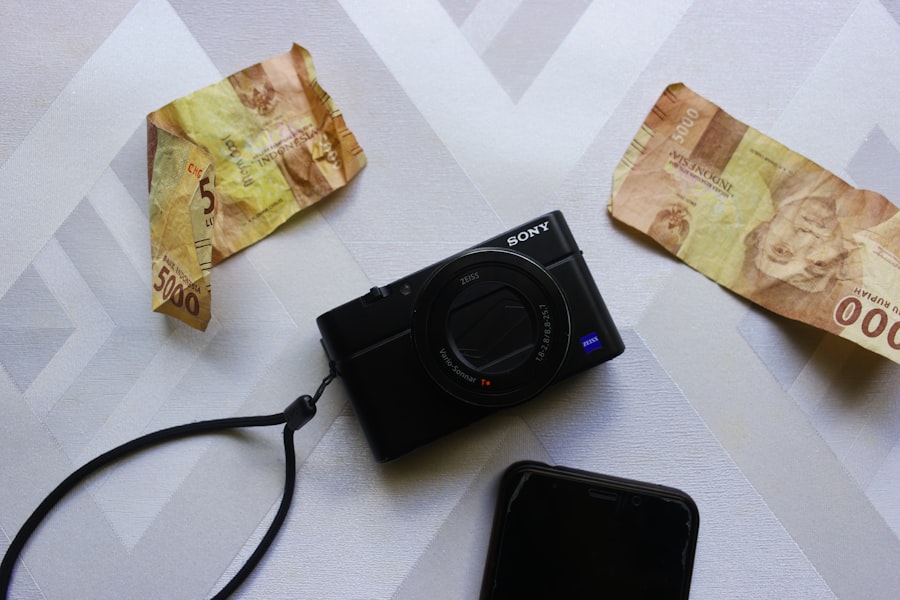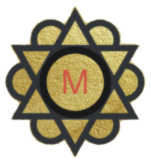
Tarot cards are rich in symbolism, each card serving as a vessel for deep archetypal meanings and narratives. The Tarot deck typically consists of 78 cards, divided into the Major Arcana and Minor Arcana. The Major Arcana, comprising 22 cards, represents significant life events and spiritual lessons, while the Minor Arcana, consisting of 56 cards, reflects everyday experiences and challenges.
Each card is imbued with imagery that conveys complex ideas, emotions, and themes. For instance, The Fool symbolizes new beginnings and spontaneity, while The Tower signifies upheaval and transformation. This intricate web of symbols allows for a multifaceted interpretation that can resonate with individuals on various levels.
The imagery found in Tarot cards is not merely decorative; it serves as a visual language that communicates profound truths about the human experience. The colors, figures, and settings depicted in each card can evoke specific feelings and thoughts, making them powerful tools for introspection and self-discovery. For example, the vibrant reds and yellows in The Sun card evoke warmth and positivity, while the dark hues in The Moon card can elicit feelings of uncertainty and introspection.
Understanding these symbols can enhance one’s ability to interpret not only the cards but also the world around them, fostering a deeper connection to personal experiences and emotions.
Key Takeaways
- Tarot cards are rich in symbolism and can be used to tap into the subconscious mind and explore deeper meanings in photography.
- Incorporating tarot imagery into photography can add layers of meaning and symbolism to the visual narrative, creating a more impactful and thought-provoking image.
- Using tarot spreads to plan photoshoots can help photographers explore different themes, emotions, and storytelling elements to create a cohesive and meaningful series of photographs.
- Capturing emotions and storytelling in photography is essential for creating compelling and evocative images that resonate with viewers on a deeper level.
- Enhancing creativity and intuition with tarot can help photographers break through creative blocks and tap into their inner wisdom to produce more authentic and inspired work.
Incorporating Tarot Imagery into Photography
Incorporating Tarot imagery into photography opens up a realm of creative possibilities that can transform ordinary photographs into evocative visual narratives. Photographers can draw inspiration from the rich symbolism of Tarot cards to create compositions that resonate with the themes represented in the cards. For instance, a photographer might choose to recreate the essence of The Empress by capturing a lush, verdant landscape filled with blooming flowers and nurturing elements.
This approach not only pays homage to the card’s symbolism of fertility and abundance but also invites viewers to engage with the imagery on a deeper level. Moreover, the use of Tarot imagery can extend beyond mere representation; it can serve as a conceptual framework for a series of photographs. A photographer might explore the journey of The Fool through a series of images that depict various stages of exploration and adventure.
Each photograph could symbolize a different aspect of The Fool’s journey—innocence, risk-taking, and ultimately, growth. By weaving these themes into their work, photographers can create a cohesive narrative that invites viewers to reflect on their own journeys and experiences.
Using Tarot Spreads to Plan Photoshoots

Tarot spreads can serve as an innovative tool for planning photoshoots, providing structure and inspiration for photographers seeking to explore specific themes or concepts. A simple three-card spread can be particularly effective for this purpose. The first card might represent the theme or subject of the shoot, the second card could indicate the mood or atmosphere to be captured, and the third card might suggest potential challenges or obstacles to consider during the process.
This method not only adds an element of spontaneity but also encourages photographers to engage with their intuition when making creative decisions.
The second card, perhaps The Star, could suggest a serene and hopeful atmosphere, guiding the choice of location and lighting.
Finally, if the third card is The Hanged Man, it may indicate the need for patience or a different perspective during the shoot. By interpreting these cards in relation to their work, photographers can cultivate a more intentional approach to their art, allowing for deeper exploration of both their subjects and themselves.
Capturing Emotions and Storytelling in Photography
Photography is inherently tied to storytelling; each image has the potential to convey emotions and narratives that resonate with viewers. By harnessing the emotional depth found in Tarot symbolism, photographers can enhance their ability to tell compelling stories through their work. For instance, capturing a moment that embodies the essence of The Hermit—a figure often associated with introspection and solitude—can evoke feelings of contemplation and reflection.
A photograph featuring a solitary figure in a dimly lit room or a quiet forest can invite viewers to connect with their own experiences of solitude and self-discovery. Moreover, storytelling in photography often relies on the ability to capture fleeting moments that convey emotion. By understanding the emotional undercurrents associated with different Tarot cards, photographers can become more attuned to these moments as they unfold.
For example, while photographing a joyful celebration, one might draw inspiration from The Sun card to emphasize themes of happiness and vitality.
This awareness allows photographers to create images that resonate on an emotional level, inviting viewers into a shared narrative experience.
Enhancing Creativity and Intuition with Tarot
The practice of using Tarot as a tool for enhancing creativity and intuition is rooted in its ability to tap into the subconscious mind. Engaging with Tarot cards can stimulate creative thinking by encouraging individuals to explore new perspectives and ideas. When faced with creative blocks or uncertainty, turning to Tarot can provide fresh insights that inspire new directions in one’s work.
For instance, drawing a card like The Magician may serve as a reminder of one’s own creative power and resourcefulness, prompting photographers to experiment with new techniques or styles. Additionally, Tarot encourages intuition by inviting individuals to trust their instincts when interpreting the cards. This intuitive approach can be particularly beneficial for photographers who often rely on gut feelings when composing shots or selecting subjects.
By integrating Tarot into their creative process, photographers can cultivate a deeper connection to their intuition, allowing them to make bolder choices in their work. This practice not only enhances creativity but also fosters a sense of authenticity in artistic expression.
Finding Inspiration and Meaning in Photography through Tarot

The intersection of Tarot and photography offers a unique avenue for finding inspiration and meaning within one’s artistic practice. Photographers can use Tarot cards as prompts for exploration, allowing them to delve into themes that resonate personally or universally. For example, drawing The Wheel of Fortune may inspire a photographer to explore concepts of fate and change through their lens.
This could manifest in capturing images that reflect cycles in nature or human experiences that highlight the ebb and flow of life. Furthermore, engaging with Tarot can lead to profound insights about one’s artistic journey. Each card drawn can serve as a mirror reflecting personal aspirations, fears, or desires related to photography.
A photographer who draws The High Priestess may find themselves encouraged to trust their inner voice and intuition more deeply in their work. This introspective process not only enriches their artistic practice but also fosters personal growth as they navigate their creative path. By embracing the symbolism and narratives within Tarot, photographers can uncover layers of meaning that enhance both their art and their understanding of themselves as creators.
If you are interested in exploring the world of tarot further, you may want to check out this article on The Fascinating World of Numerology Books.
FAQs
What is tarot?
Tarot is a form of divination that uses a deck of cards to gain insight into past, present, and future events. Each card in the deck represents different archetypes, symbols, and meanings that can be interpreted by a reader.
How can tarot be used for photographers?
Tarot can be used by photographers as a tool for inspiration and creative guidance. By using tarot cards to explore different themes, emotions, and concepts, photographers can gain new perspectives and ideas for their photography projects.
Can tarot help photographers capture life’s moments?
Yes, tarot can help photographers capture life’s moments by providing them with a deeper understanding of the emotions, energies, and stories present in a particular moment or scene. Tarot can also help photographers connect with their intuition and creativity, allowing them to capture more meaningful and impactful images.
Is tarot a religious practice?
Tarot is not inherently tied to any specific religion or belief system. While it has historical ties to various spiritual traditions, tarot can be used by people of any religious or spiritual background as a tool for self-reflection, creativity, and insight.
How can photographers learn to use tarot in their practice?
Photographers can learn to use tarot in their practice by studying the meanings and symbolism of the cards, practicing different tarot spreads, and exploring how tarot can be integrated into their creative process. There are also many resources available, such as books, online courses, and workshops, that can help photographers learn how to incorporate tarot into their photography practice.






